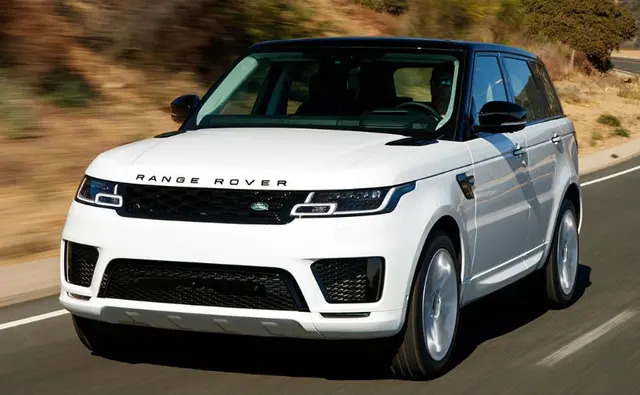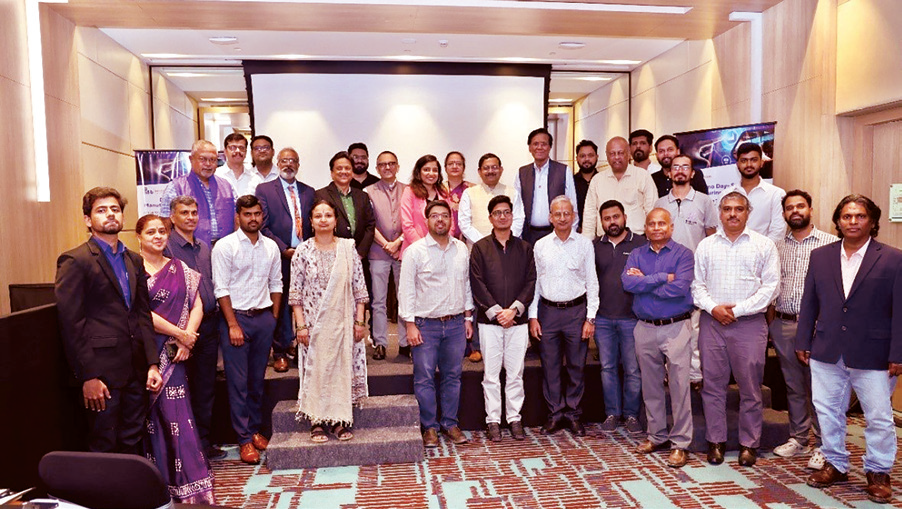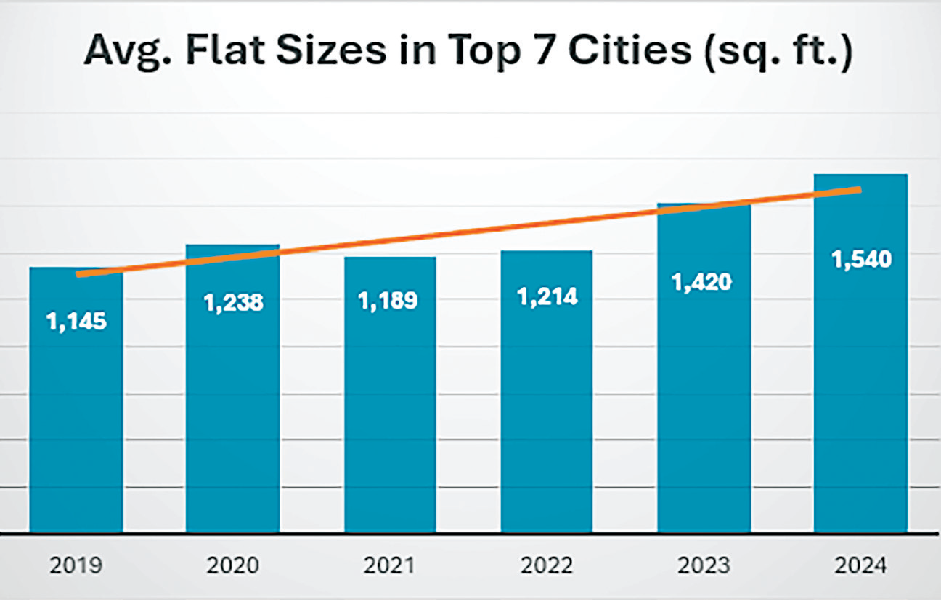
Discount on desirability
Being made in India robs the Range Rover of some customisation, but brings with it a significant drop in price
Joshua Varghese
Free Press Journal
Barring the United Kingdom, flagship Range Rovers are made only in India. One of the reasons is that our market has evinced a steady demand for these luxury sport utility vehicles (SUV). They are completely knocked down (CKD) kits that are put together here, which works out well for our market, primarily because their price has decreased by as much as 18 to 22 per cent, depending on the trim one opts for. We spent a few days with the Range Rover HSE diesel and here are the aspects that stood out for us. Not all Range Rovers are made in India. Currently, it is limited to the HSE and Autobiography which use a 3.0-litre turbo-diesel and a 3.0-litre turbo-petrol engine respectively. Since they have the same minimalist exterior design, it is almost impossible to tell the CKD and completely built-up unit (CBU) Range Rovers apart. That said, it is worth noting that the CKD model will only be offered in four colours: Fuji White, Santorini Black, Batumi Gold, and Eiger Grey. The HSE comes with 21-inch wheels as standard and nothing is lost in terms of road presence or opulence. Inside the cabin also not much has changed. What has happened is that a lot of kit that was optional before is now offered as standard equipment. Our test car was a five-seater that had a light tan interior, wooden veneer, Morzine headlining, and generous use of premium leather. The quality of material and the fit-and-finish reflect the standards we have come to expect from Range Rovers. The Pivi Pro 13.1-inch touchscreen is complemented by 11.4-inch rear seat entertainment units along with the 19-speaker 800 W Meridian 3D Surround System.
The seats are ventilated and offer the massage function as well. To round it off, there is the massive panoramic sunroof. Overall, no shortcomings on the luxury front. The catch here is that customisation is limited compared to the options offered with the CBU models. For a chauffeur- driven experience, I would look no further than the 3.0-litre, in-line, six-cylinder, turbo-diesel engine. It develops 350 hp and 700 Nm which is easily harnessed by a reasonably quick yet smooth automatic transmission that sends power to all four wheels. There is hardly any engine noise in the cabin and the torque on tap is so rich and accessible that the drive experience is best defined as effortless. It does have a tendency to clear off when one releases the brake pedal, and the throttle can seem somewhat urgent, too, but one could get used to it. Rear-wheel steering is standard, as is air suspension. While the former makes this huge SUV capable of incredibly tight U-turns that will have onlookers gaping in disbelief, the latter allows it to waft over almost anything that our roads can throw at it. It also offers an admirable level of off-road capability, which makes it an extremely practical option for those who have a holiday home far from the chaos of town. It is quick in a straight line—for something the size of a small house—and on the highway at triple-digit speeds, the big Range Rover cruises comfortably, but its heft makes cornering fast an interesting experience. It is not a fan of quick steering input or direction changes and does not even try to be sporty, but is fully capable of carrying speed into a corner in response to gentle inputs. This is an SUV that works well for those who prefer a relaxed driving style and is best enjoyed from the second row at a leisurely pace while being completely unaware of everything that unfolds in the outside world. Those goals are achieved well because the levels of refinement, comfort, and luxury inside the cabin are top-notch, especially so with the central arm-rest folded down. The most significant update is the price, which has come down by 18 to 22 per cent; a considerable sum of money for a car that used to cost a few crores.
This particular Range Rover starts at Rs 2.36 crore (ex-showroom), which places it in a position to eas- ily undercut its closest rival, the Lexus LX 500d, by almost Rs 50 lakh. The six-cylinder Range Rovers are only available as CKD units while other models continue to be offered as CBU. The Range Rover has always been an object of desire that has gained popularity among the wealthy and well-known. With this move, a considerable drop in waiting periods is expected as well, which is good news for dealerships because from what we have heard, there is no dearth of orders for them. This seems to be a win-win for customer and manufacturer alike. More bookings are expected to come in because who does not appreciate a good discount and a ticket into the high-roller clubs? With more of these on the road, the Range Rover may not enjoy the exclusivity it once enjoyed. For that, one will have to shell out a few more crores of rupees and buy the SV.
 English daily published in Bengaluru & Doha
English daily published in Bengaluru & Doha






